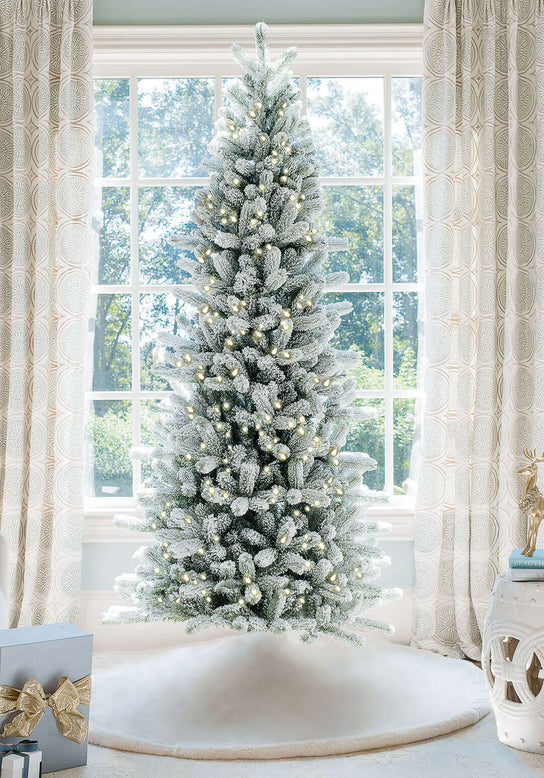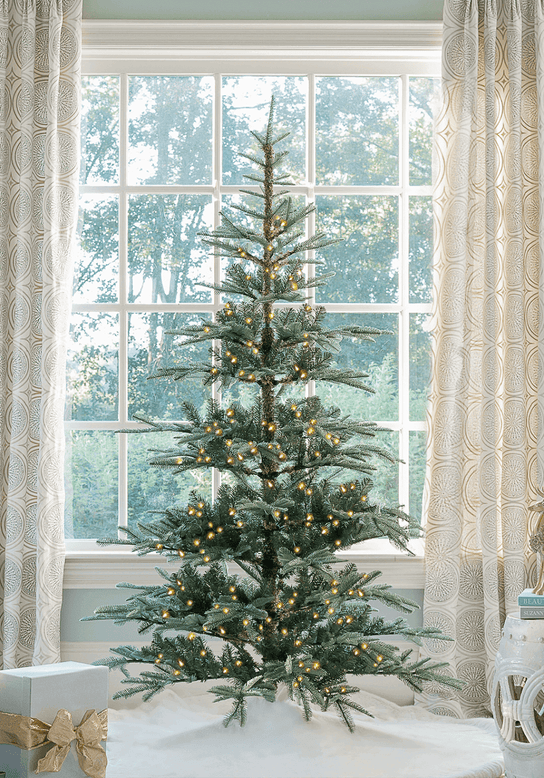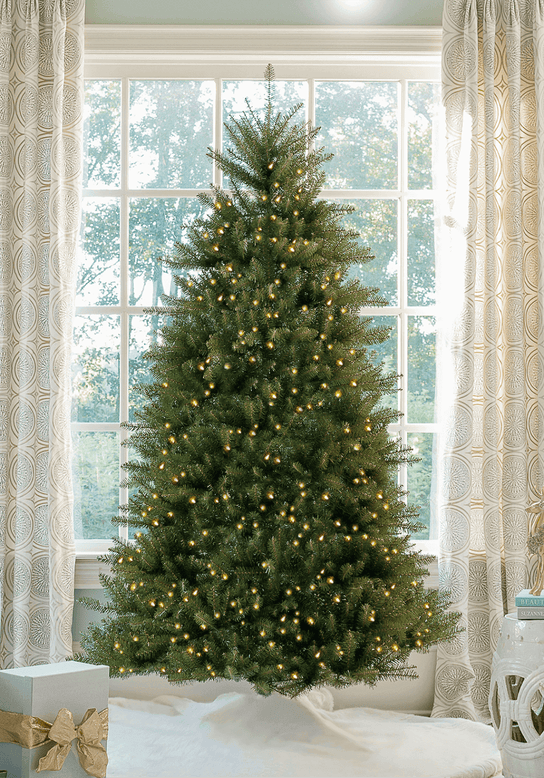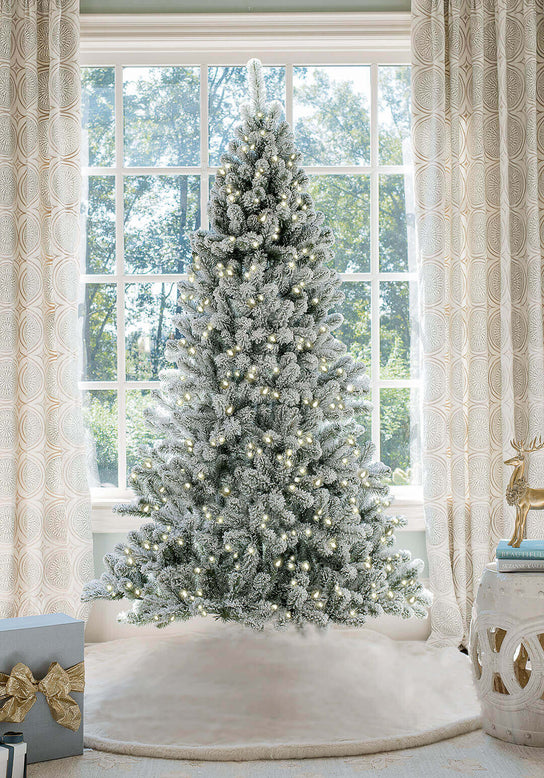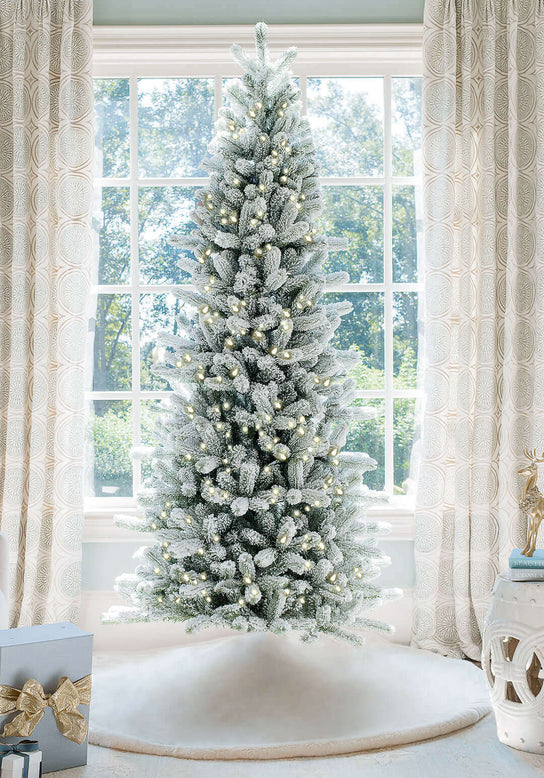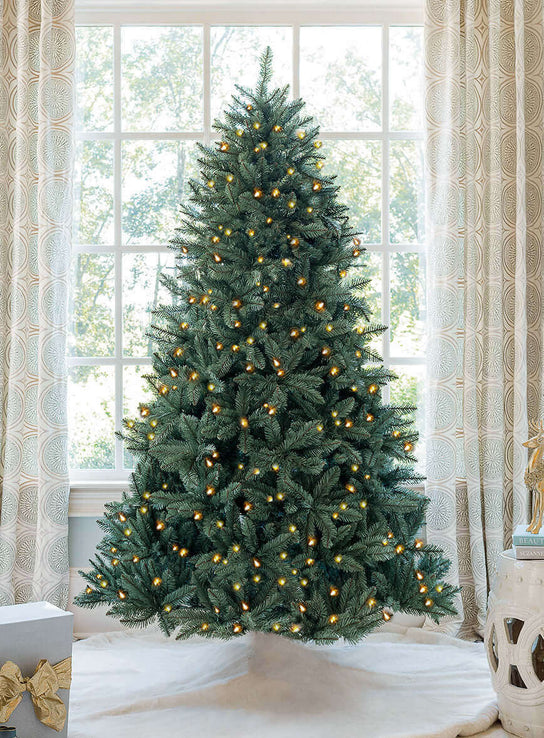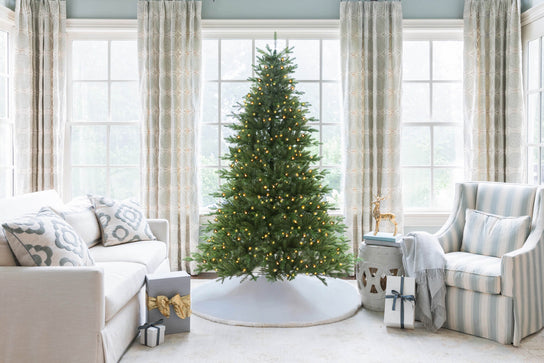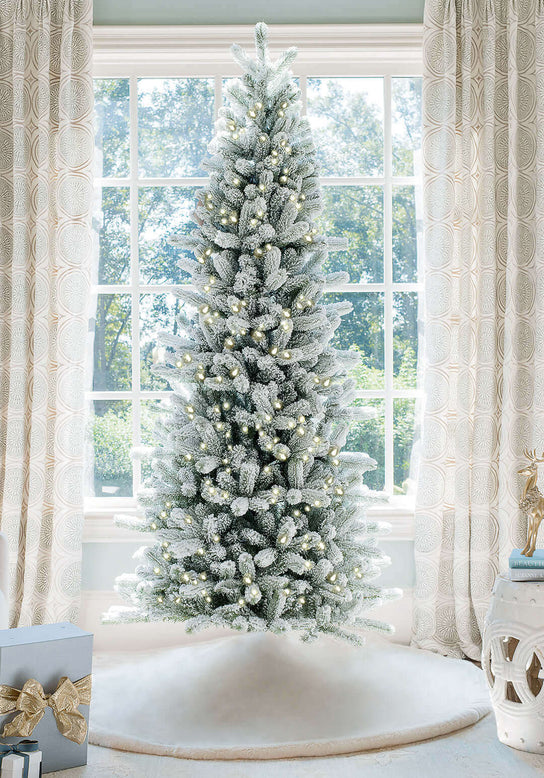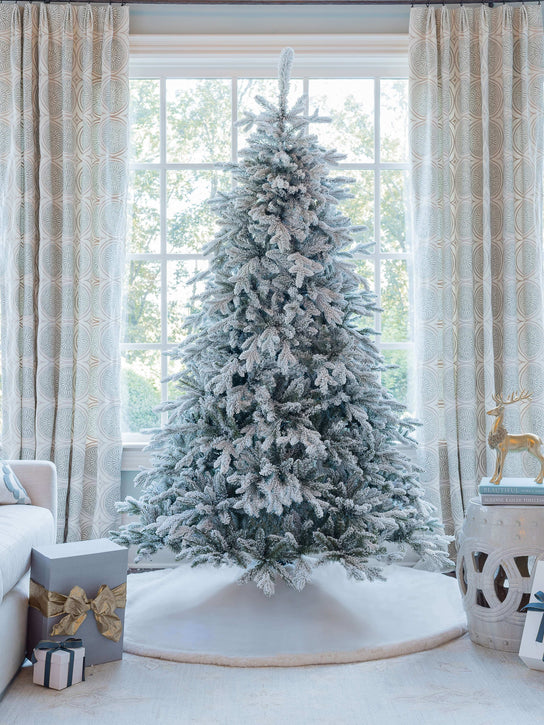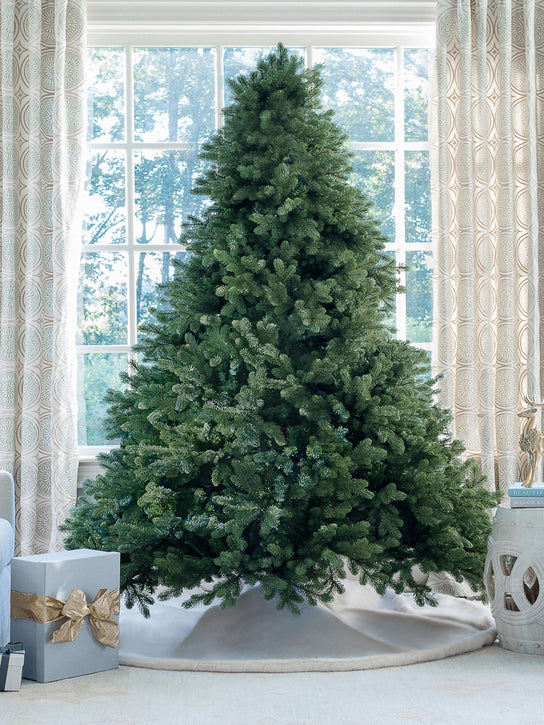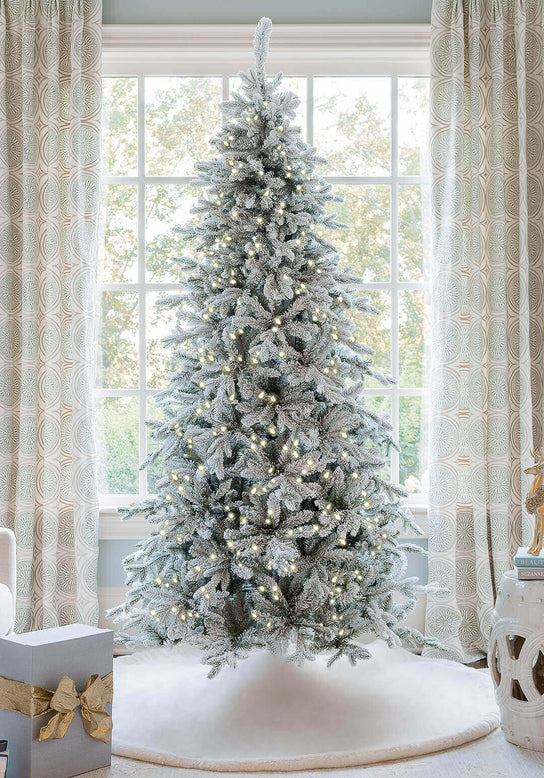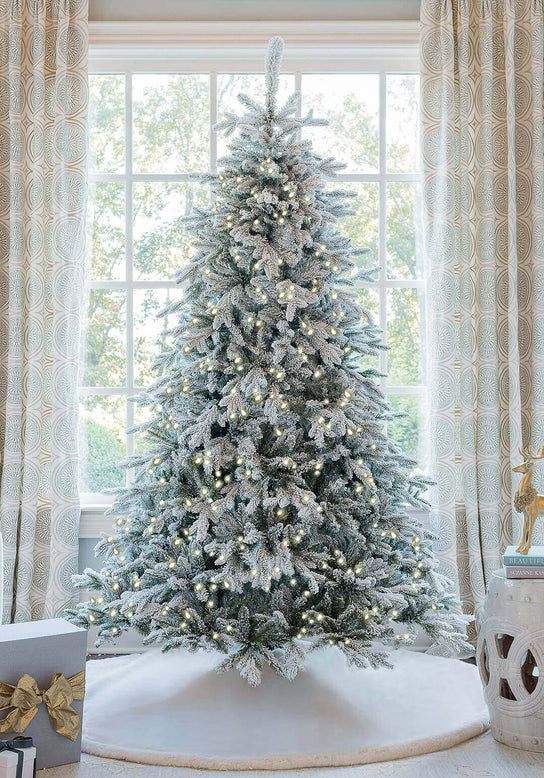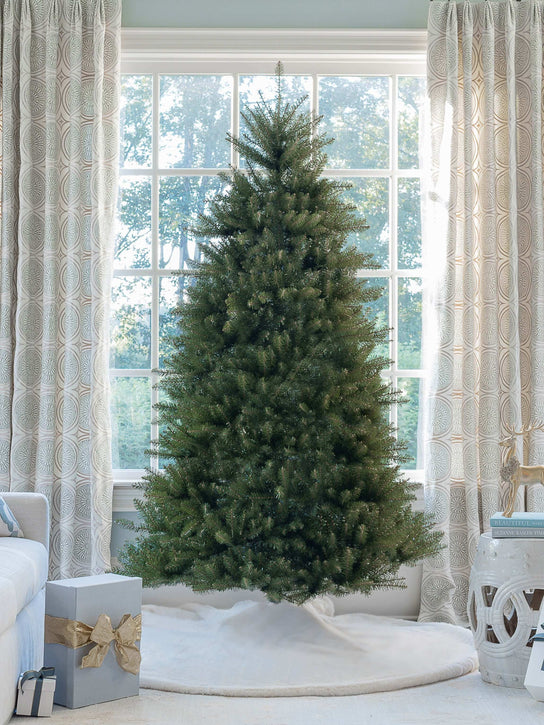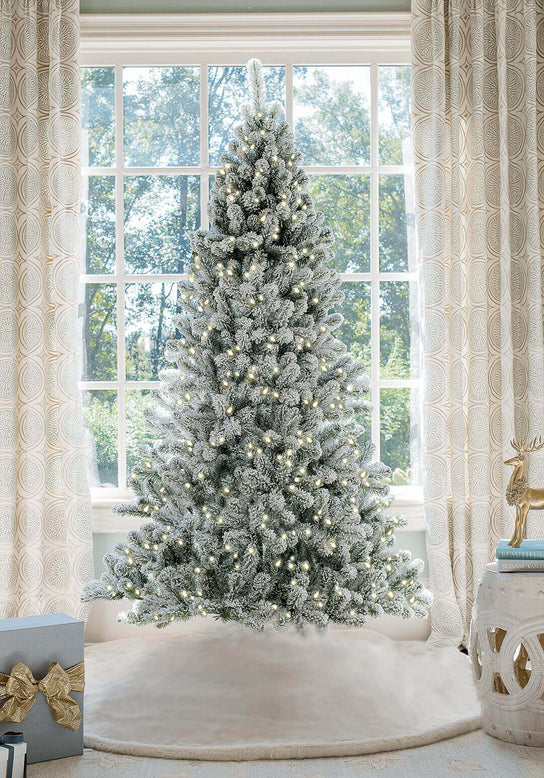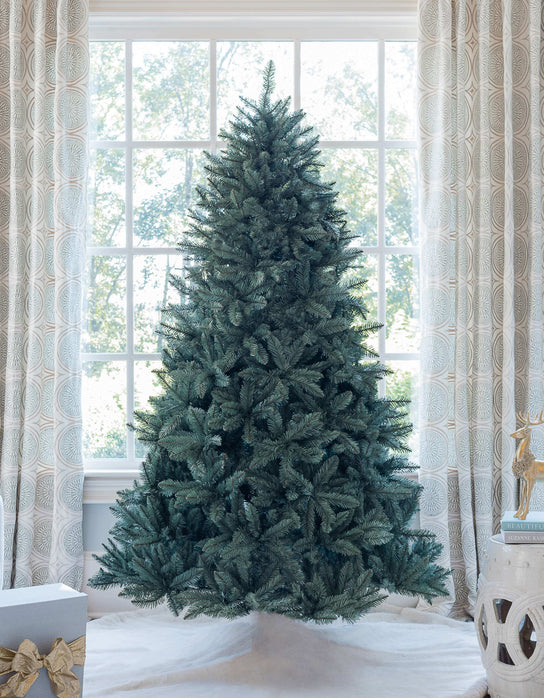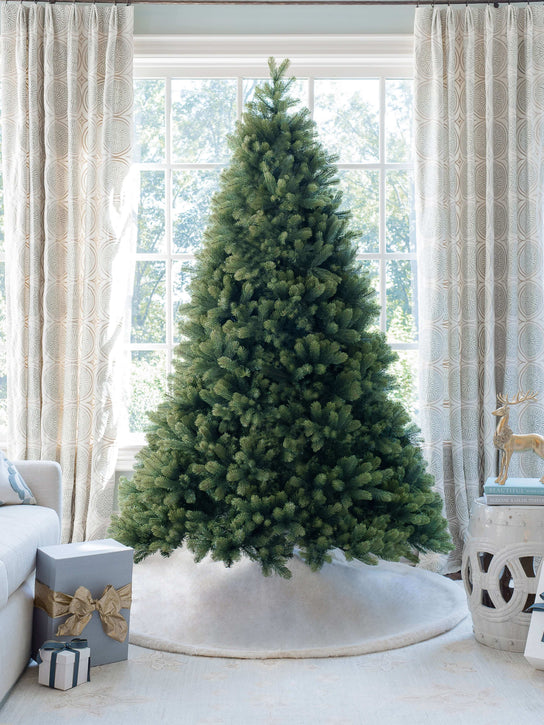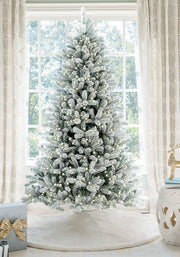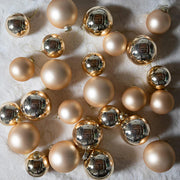How to Use the Remote
- Turning on the Tree Lights: Press the "ON" button.
- Turning off the Tree Lights: Press the "OFF" button.
- Dimming the Lights: Press the lower button of the sun. You can click it up to 3 times, each click reduces the brightness.
- Restoring Full Brightness: Press the top button of the sun. You can click it up to 3 times, each click increases the brightness.
- Activating the Timer: Click the 'timer on' button or hold down the foot pedal until a blue light turns on.
- Deactivating the Timer: Click the 'timer off' button or hold down the foot pedal until the blue light turns off.
- More about the Timer: The timer function keeps the lights on for 8 hours, and then automatically turns them off for 16 hours. This cycle repeats until the timer feature or the tree itself is turned off via the remote or foot pedal.
Uncommon Hiccups
- Remote Not Pointing Correctly: Make sure you point the remote directly at the foot pedal, not at the tree. The foot pedal must be visible and within range, sometimes the foot pedal can be obscured by a tree skirt or presents.
- Smart Remote Interference: Smart remotes can sometimes sync with the chip in the foot pedal, controlling the tree unintentionally. In this case, cover the foot pedal to prevent this from happening.
Enjoy!
- Click here to watch a brief video on how to use the remote with a King of Christmas tree.
Timer Functionality in Home Devices
The integration of timer functionality in home devices has revolutionized the way we manage and automate our daily routines. Timers let you schedule the operation of various appliances, everything from lights and thermostats to coffee makers and, yes, Christmas trees. This feature not only enhances convenience by automating repetitive tasks, it also contributes to energy efficiency. For example, homeowners can set their Christmas tree lights to turn off automatically during the day when natural light is abundant to reduce unnecessary electricity consumption.
When it comes to holiday decorations, timers have become an indispensable feature. They let you create festive displays that illuminate at specific times, adding to the holiday spirit without manual intervention. This is particularly useful for outdoor lights, which can be programmed to turn on at dusk and off at dawn, ensuring that the decorations are visible during peak viewing times without wasting energy during the day. The ability to set precise on and off times also enhances safety by preventing lights from overheating or remaining on when not needed, thereby reducing fire risks associated with the prolonged usage of electrical decorations.
Power Management for Holiday Decorations
Efficient power management for holiday decorations is important not only for reducing energy costs but also for minimizing the environmental impact of festive lighting displays. During the holiday season, many households use an array of lights, inflatable decorations, and animated figures that can significantly increase electricity consumption. By employing techniques like using energy-efficient LED lights, setting timers, and reducing the overall duration of lighting displays, homeowners can easily manage their power usage. LED lights, for instance, use up to 75% less energy than traditional incandescent bulbs and last up to 25 times longer. This makes them a sustainable and cost-effective choice for holiday decorations.
Timers play a big role in power management by making sure that holiday lights are only on when they are needed. Setting lights to automatically turn on at dusk and off at bedtime can drastically reduce the number of hours they are illuminated, and cut down on your energy consumption. Advanced timers and smart plugs offer even more control, letting you create customized lighting schedules that align with your family’s daily routines and the natural light cycle. This not only saves electricity, it also extends the lifespan of the lights by preventing overuse. For outdoor decorations, weatherproof timers and smart plugs provide additional convenience and durability, ensuring reliable performance throughout the holiday season.
Utilizing timers and energy-efficient motors for other holiday decorations, such as inflatable yard displays and motorized figures, is also a great idea. These decorations often require a lot of electricity to operate continuously. Solar-powered decorations are also becoming popular, as they offer an eco-friendly alternative that harnesses renewable energy. Of course, solar-powered decorations may not be viable in northern climates. But, when you implement power management strategies for your holiday lights and decorations, you and your family can enjoy a festive and beautifully decorated home, while also being mindful of energy consumption and the environmental impact.
DIY Holiday Decoration Automation
Creating your own automated holiday decoration system can be a fun and enjoyable project that combines creativity with technology. With the rise of affordable smart home devices and the accessibility of online tutorials, it's easier than ever to transform traditional holiday decorations into a synchronized, automated display. The first step is to identify which elements of your decorations you want to automate. Common choices include string lights, yard inflatables, and window displays. By integrating smart plugs, programmable timers, and Wi-Fi-enabled light controllers, you can set up a system that lets you control your decorations from your smartphone or through voice commands via Alexa or Google Home.
Once you have your components, plan the layout and sequence of your automation. For example, you might want your outdoor lights to turn on at sunset and gradually change colors throughout the evening. You can achieve this by using smart light strips or color-changing bulbs that can be programmed with various patterns and schedules. For a more dynamic display, consider using motion sensors to trigger specific decorations when someone approaches your home. This will add an interactive element to your holiday setup. Also consider integrating music synchronization to create a captivating show where lights and decorations pulse in time with your favorite holiday tunes.
The final touch in your DIY holiday decoration automation is fine-tuning and troubleshooting your setup. Make sure all your devices are properly connected to your home network and that they respond reliably to commands. It's also important to test your automation routines under different conditions to be sure they are working as expected. Documenting your setup and configurations can be helpful for future reference or even for sharing with friends and family who might want to replicate your success (but only if you want them to!). When you take the time to automate your holiday decorations, you can sit back and enjoy a festive, hassle-free holiday season with a customized display that both delights and impresses.
Remote Control Signal Interference
Remote control signal interference can be a common yet frustrating issue, especially when dealing with multiple electronic devices. Interference can occur when signals from different remotes overlap or when there are obstacles blocking the signal path. For example, in a house with several smart devices, such as TVs, sound systems, and lighting controls, signals from one remote can sometimes interfere with another, leading to unintended operations or failure to control the desired device. This is especially problematic during the holiday season when additional remote-controlled decorations are added to the mix.
There are many factors that can contribute to remote control signal interference. Understanding these factors can help in diagnosing and mitigating interference issues.
- Physical obstructions like walls, furniture or decorations can block or weaken the infrared signals used by many traditional remotes.
- Reflective surfaces can also scatter the signals, leading to inconsistent performance.
- Electronic devices that emit electromagnetic radiation, such as microwaves or cordless phones, can cause interference with the remote signals.
- Sunlight can even interfere with infrared signals, making it difficult to control devices during the day.
To address remote control signal interference, there are several effective strategies.
- Make sure that the remote has a clear line of sight to the device it is intended to control. This may involve repositioning the device or the remote receiver to minimize obstructions.
- Consider using RF (radio frequency) remotes, which do not require line-of-sight and can operate through walls and furniture.
- Smart home systems that use Wi-Fi or Bluetooth for communication can reduce the likelihood of interference, as these technologies are designed to handle multiple signals.
The Official King of Christmas Remote offers a convenient and user-friendly way to manage your Christmas tree lights. With features like simple on/off controls, dimming options, and a versatile timer function, this remote will enhance both the aesthetic appeal and the energy efficiency of your holiday setup. By understanding common issues like signal interference and the importance of proper remote alignment, you can ensure a seamless and enjoyable experience. So, go ahead, embrace these functionalities to add not only convenience to your life, but also a touch of modern automation! With the Official King of Christmas Remote, creating a magical and beautifully lit holiday season has never been easier.


